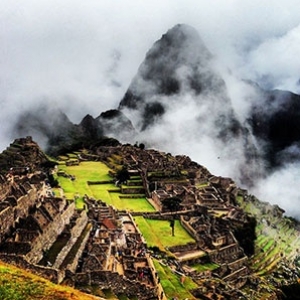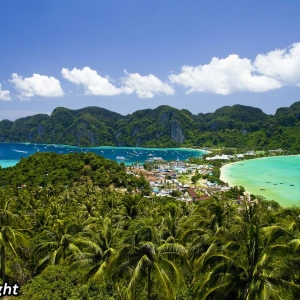Palawan is the Philippines’ last frontier, a largely unexplored and unexploited province of wonderful scenery and idyllic tropical beauty. Beyond the centres of Coron, El Nido and Puerto Princesa, tourism has yet to penetrate much of this long, sword-shaped island to the southwest of Luzon, and travellers who make it here will find a marvellous Jurassic landscape of coves, beaches, lagoons and razor-sharp limestone cliffs that rise from crystal-clear water. Offshore, despite some damage from dynamite fishing and coral bleaching, there always seems an untouched reef to discover.

The capital of Palawan, Puerto Princesa, is the main entry point and is close to the mangrove islands of Honda Bay and the immense flooded cave systems that make up the mind-boggling Underground River. Further north you’ll find the pretty beach resort town of Port Barton, the old fortress town of Taytay and the incredibly beautiful islands and lagoons of El Nido and the Bacuit archipelago. Many areas are still relatively unaffected by tourism, such as the friendly little fishing village of San Vicente and nearby Long Beach, one of the finest stretches of sand anywhere. Undeveloped Southern Palawan contains some of the least visited areas in the whole country, from the remains of a Neolithic community in the Tabon Caves and the turtle and cockatoo sanctuaries at Narra, to Brooke’s Point, the access point for Mount Matalingajan.
The Calamian group of islands, scattered off the northern tip of the main island of Palawan, has a deserved reputation for some of the best scuba diving in Asia, mostly on sunken World War II wrecks. Even if you’re not a diver, there’s plenty to do here. The little town of Coron on Busuanga is the jumping-off point for trips to mesmerizing Coron Island, with its hidden lagoons and volcanic lake and, to the south, the former leper colony of Culion.
It’s best to bring cash to cover your stay in Palawan: outside Puerto Princesa credit cards are only accepted by some of the more established resorts (and will cost you between 6 and 10 percent commission), banks are few and ATMs almost nonexistent.


